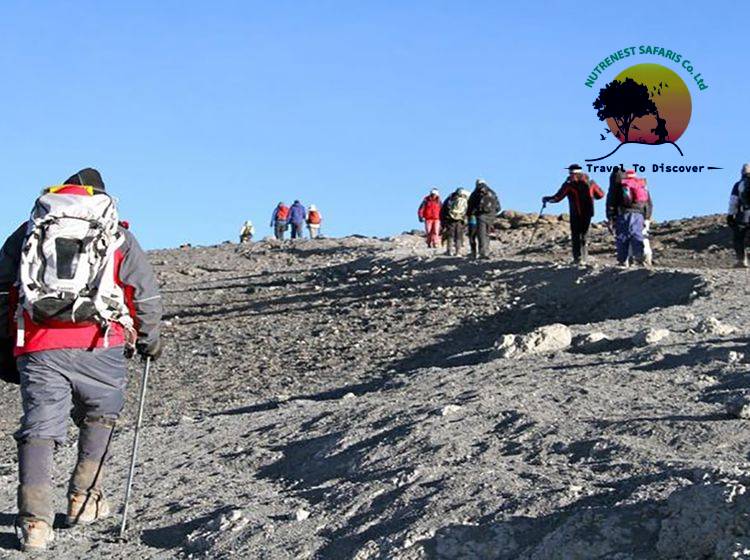Activities
They first days on the Lemosho Route provides plenty of solitude as this trail sees far less traffic than Machame Route and Marangu Route. This makes an already great trekking adventure even more spectacular as at times, the traveler will feel like you have the entire mountain to yourself.
There are certain sections of the trail that are both steep and more demanding. Trekkers spend an extra night or two sleeping in tents as well. The relevancy of this route truly makes it outstanding compared to the other routes hence making it an increasingly popular choice for adventurous tourists.
Travelers will get the chance to wander through fantastic rain forest and hike up to the Shira Plateau where once above, the tree line stunning visitor awaits. Due to this remote nature and lengthy route, Lemosho takes a few extra days of trekking. Most people spend seven to eight days on this trail which causes the success rate to increase fairly dramatically.
It should be noted that Lemosho route is a more strenuous hike than the “Whiskey” and “Coca-Cola”. If you are looking to maximize your chances of reaching the top of the mountain, this is certainly one of the best options to choose between Machame route and Marangu route.
This Route is both a 7 day and also a camping climb meaning that accommodation can be catered for with the availability of tents by Nature nest Safaris. For the first three days of this route are seldom visited and part of the mountain. It then joins the Machame Route and heads towards the summit
